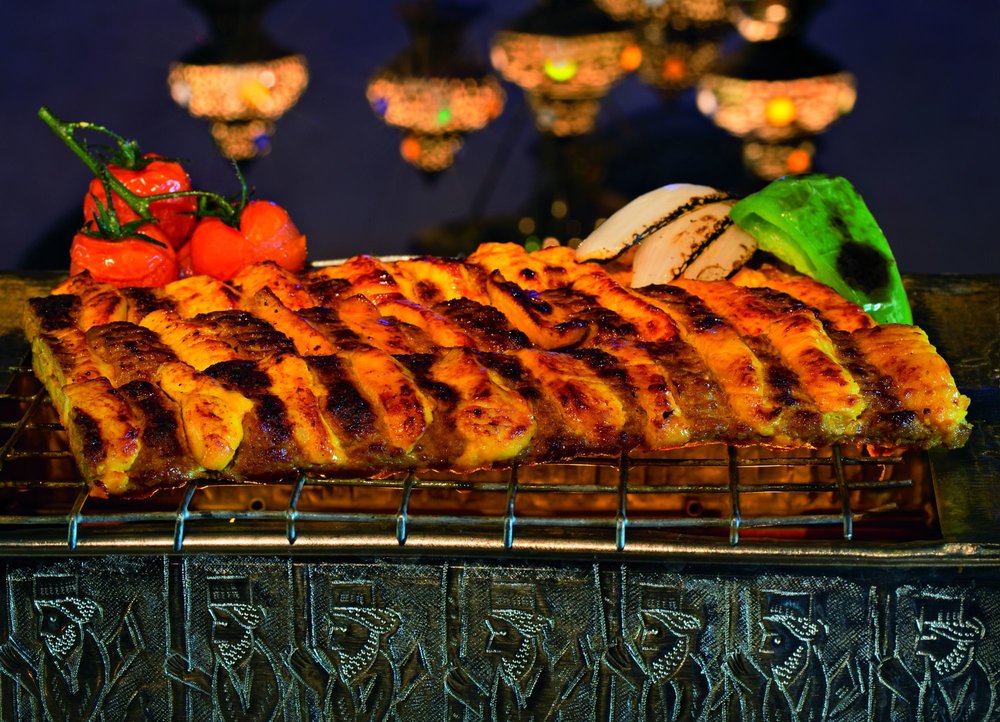Eating like an Iranian: A survey on Persian food
PART ONE

In this series of articles you can trace cookery art in Iran during history up to present. The survey sheds light on different aspects of Iranian life, culture and civilization.
Though there is no exact information about the origins of cooking by human beings on earth, nourishment is considered as one of the most important human need, it spans back to beginning of human existence on earth.
The art of cookery developed after discovering of fire. The advent of cooking, as one of the most crucial episodes in the human story, broaden diet of our ancestor through softening food and Persian cookery is not an exception.
Today food culture is considered as a crucial part of anthropology. Food studies and the language of food in a society unfold its cultural and religious structure.
For instance, the sacredness of bread, garlic as a plant, which repels evil spirits, pomegranate as a heavenly fruit are some points, which reveal Iranian culture.
In addition, the Iranian traditional medicine advices connote many cultural issues about the role of food in Iran.
Food in Persia
Persian cuisine is established with the formation of Persia as a country. However, there is no historical evidence about culinary skills and food culture of ordinary people.
There are some documents dated back to Sassanid era (224–651) like “King Khosro and Ridag”, including an impressive list of favorite food and beverages of Sassanid court.
The book is a discourse in which, a young servant answers questions posed by Khosro Parviz (591-628 AD) about different kinds of food and drinking.
The recipes include different kinds of kebab, roasted meat of different animals including deer, camel, gazelle and wild boar and meat of fowls including duck, chicken, partridge and peafowl.
According to the book, deserts and pastries called jows-afrusheh, charb-afrusheh, lowzineh, shaftineh and barfineh-tabarzad were mainly made of gazelle or goat fat, walnut oil, and apple juice.
In “Shahnameh-e Tha'alibi” written by Abu Mansur Al-Tha'alibi (961–1038), one can find some foods, which were cooked during Sassanid era as well as the Muslim conquest of Persia (633–656).
Dolmeh, tar-halva and dig-kabab are also mentioned as Sassanid foods, which were cooked at the court.
For certain, these royal recipes were cooked by ordinary people after a while.
Samira Mohebali is a senior expert in Iran studies
SB/MQ/MG
Leave a Comment